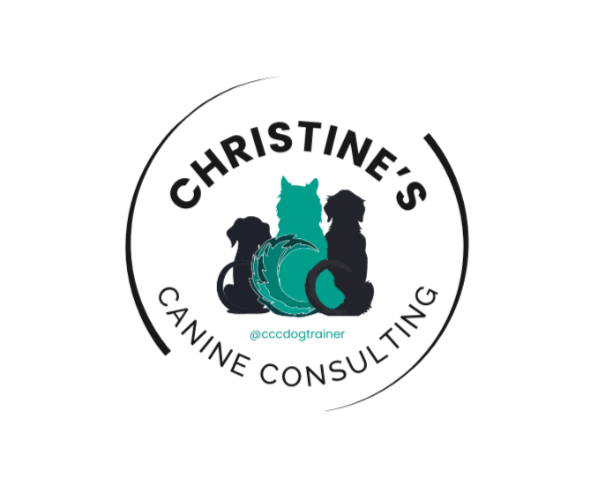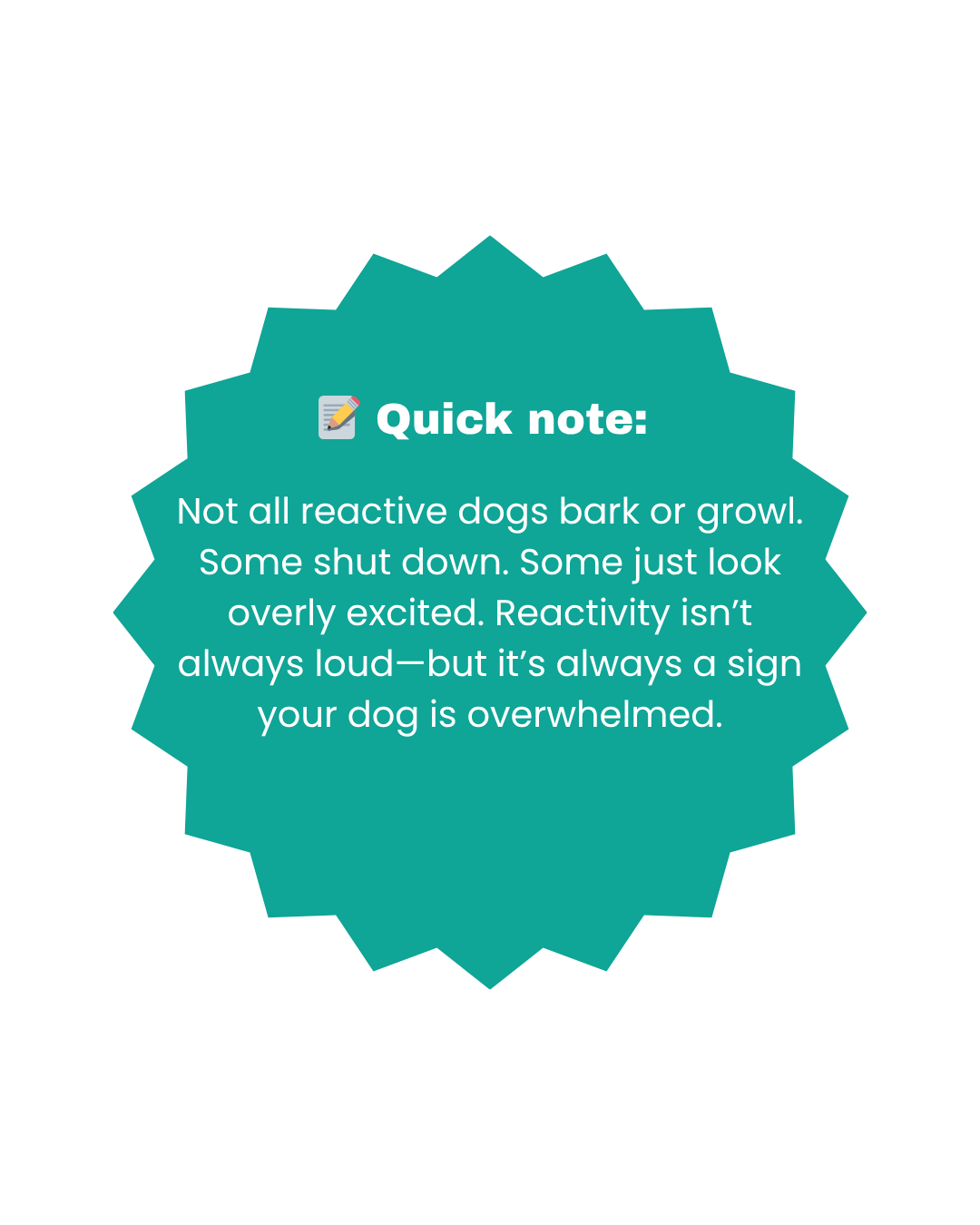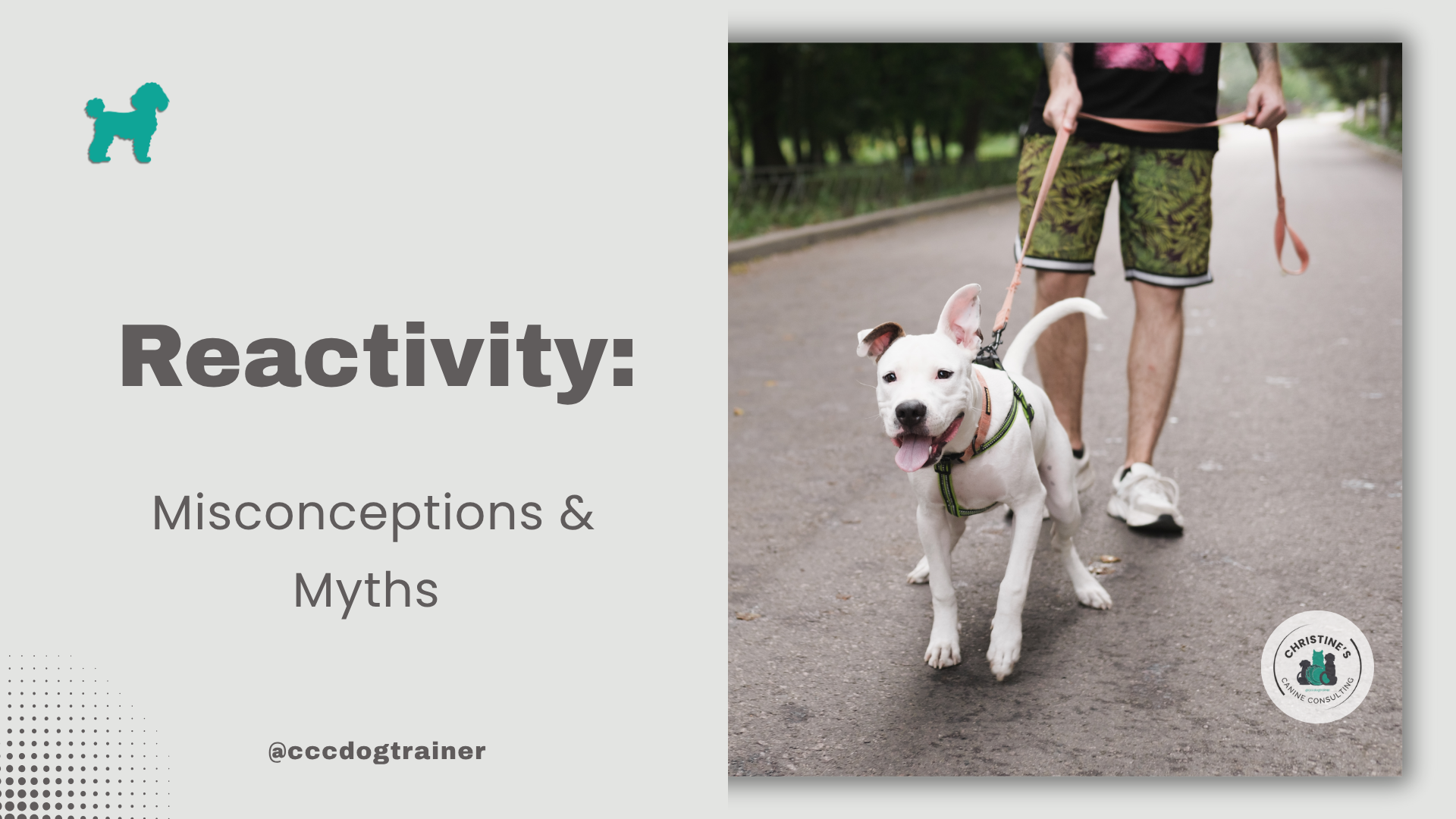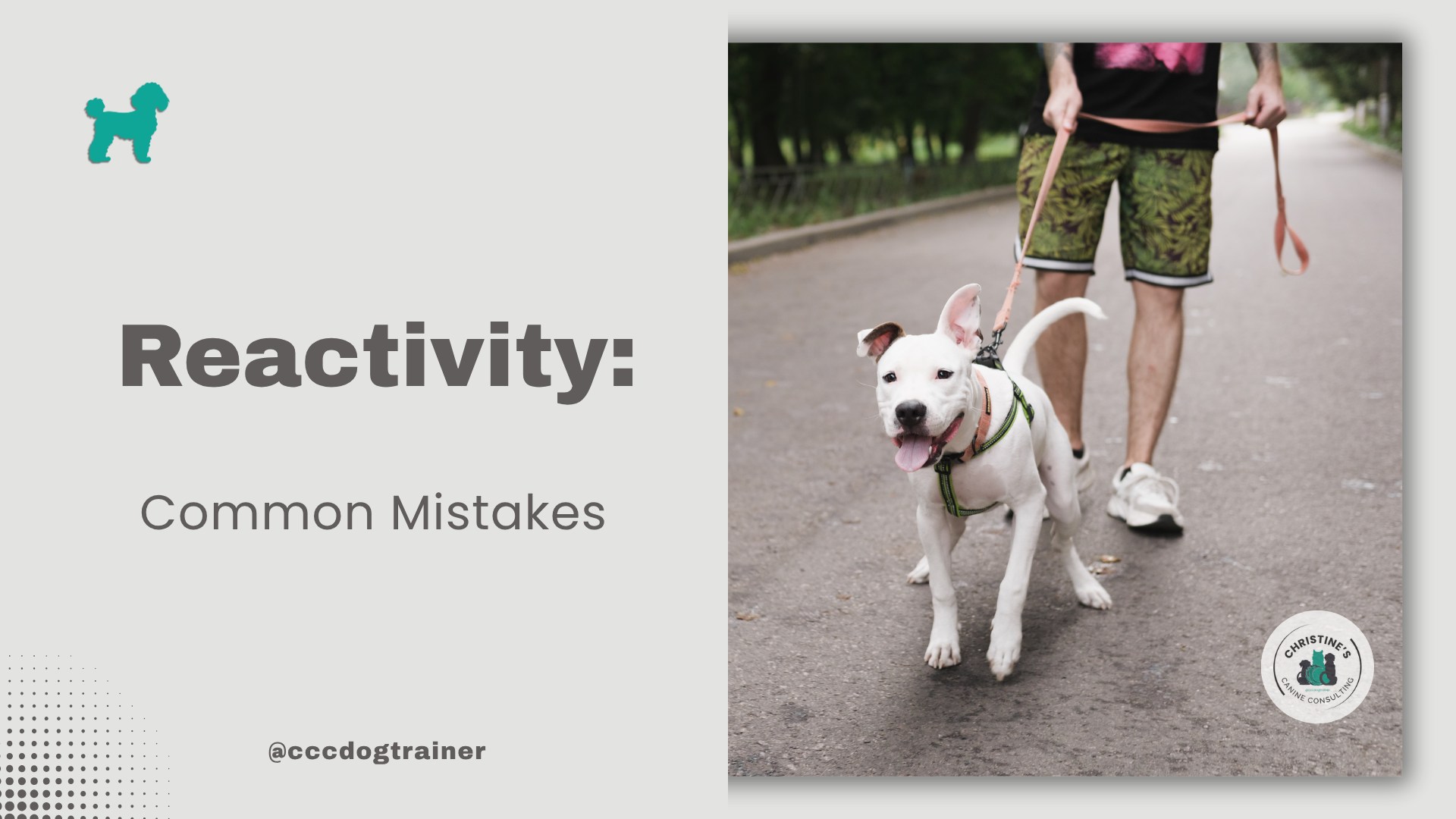What is Reactivity?
Reacting to the world around them is part of being a dog. But when those reactions become big, loud, or hard to manage, it can feel overwhelming.
This page will walk you through what reactivity really is—from the outside behaviour to what’s going on inside your dog’s brain and body.
What Does Reactivity Look Like?
Reactivity shows up in a lot of different ways.
Some dogs bark and lunge. Others freeze, hide, or shut down completely. You might see spinning, whining, or a wiggle that suddenly turns into barking. It’s not always obvious—and it’s not always “aggressive.” This section will help you recognize what reactivity might look like in real life.
Common signs of reactivity:
Barking, lunging, or growling—especially when on leash
Freezing in place or “pancaking” 🥞 to the ground
Pulling hard toward or away from a person, dog, or object
Whining, pacing, or spinning in circles
Hiding behind you, trying to retreat, or refusing to move
Sudden barking or snapping after appearing “friendly”
Over-the-top excitement that flips into frustration
Dilated pupils, tense muscles, or frantic scanning of the environment
Part 1: What Reactivity Really Is
Reactivity isn’t about having a “bad” dog—it’s a response to big emotions like fear, frustration, or excitement.
In this short video, I explain what reactivity actually is, what it looks like in daily life, and why it’s not a personality trait or a training failure.
If you’ve ever felt overwhelmed, embarrassed, or unsure what’s really going on when your dog reacts, this is the place to start.
Big Misconceptions about Reactivity
Reactivity isn’t about having a “bad” dog—it’s a response to big emotions like fear, frustration, or excitement.
In this short video, I explain what reactivity actually is, what it looks like in daily life, and why it’s not a personality trait or a training failure.
If you’ve ever felt overwhelmed, embarrassed, or unsure what’s really going on when your dog reacts, this is the place to start.
Part 2: What’s Happening Inside Your Dog’s Body
In Part 2, we go deeper into what’s happening inside your dog’s brain and body during a reactive moment.
https://www.sciencedaily.com/releases/2012/05/120502092540.htm
https://www.playwithpurposedogs.com/post/canine-aggression-part-1-the-brain?utm_source=chatgpt.com
Common Mistakes with Reactivity
Reactivity isn’t about having a “bad” dog—it’s a response to big emotions like fear, frustration, or excitement.
In this short video, I explain what reactivity actually is, what it looks like in daily life, and why it’s not a personality trait or a training failure.
If you’ve ever felt overwhelmed, embarrassed, or unsure what’s really going on when your dog reacts, this is the place to start.
👉 Ready to dig deeper?
Now that you’ve got a better sense of what reactivity is, let’s look at why it happens in the first place.
Spoiler: it’s not all about training—and it’s definitely not your fault.
💡 Next up: Roots of Reactivity → Explore the hidden layers behind reactive behaviour, from stress and breed traits to nutrition, pain, and early life experience.






